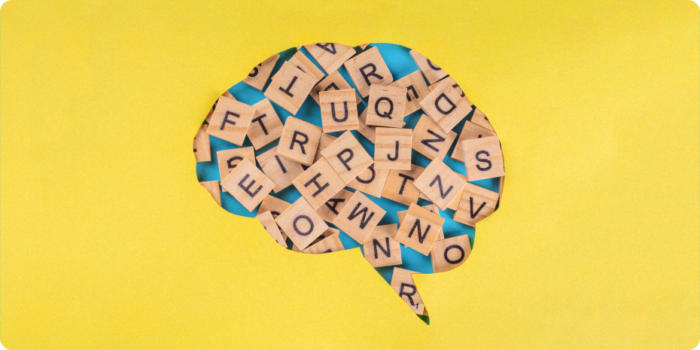
Understanding the Present Simple in English
Mastering the nuances of the English language can be a daunting task. A pivotal starting point? The present simple tense. As a basic and foundational grammatical construct, you’ll find its equivalent in nearly every language, including Slavic ones.
If you’re diving into this piece, you’re either embarking on your English learning journey or brushing up on concepts you’ve previously explored. So, let’s simplify the present simple tense without overwhelming you.
What is the Present Simple Tense?
Put simply, the present simple tense is a straightforward verb tense in English that isn’t continuous. It’s not restricted to the verb ‘to be,’ but rather encompasses a broader range.
When to Use the Present Simple Tense
- General statements & common knowledge: if you’re talking about general facts or universally acknowledged truths, use this tense.
The Queen of England resides in Buckingham Palace.
It’s common knowledge that the earth orbits the sun.
- Regular or repeated actions & future scheduled events: this is for actions that aren’t happening right this moment but occur routinely.
I head to the gym every Tuesday and Thursday.
Our team meetings are scheduled for Mondays.
- Describing habits: habits are repetitive actions or tendencies, so they naturally fit into the present simple.
She reads before bedtime.
They take a walk after dinner.
The crux? If an action is repetitive, consistent, or a widely accepted fact, the present simple tense is your go-to.
Crafting Sentences Using the Present Simple Tense
Formulating sentences in this tense is quite straightforward:
- Positive sentences: just use the verb (minus “to”), and add -s/es for third person singular (he, she, it).
I eat lunch at noon.
She eats lunch at noon.
Notice the added “s” in the second sentence due to the third person singular “she”.
- Questions and negatives: this is where auxiliary verbs do/does come into play. Start questions with “do” or “does”. Remember, “does” is for ‘he,’ ‘she,’ or ‘it’; all others use “do.”
Do they have homework today?
Does she enjoy reading?
For answering, match the verb used:
Do you like apples? “Yes, I do.” or “No, I don’t.”
Does he like apples? “Yes, he does.” or “No, he doesn’t.”
However, for questions starting with who, what, where, etc., a mere “yes” or “no” won’t suffice. Provide more detailed answers.
- Negative sentences: structure is: subject + do/does not + main verb.
I don’t prefer that color.
He doesn’t join us for movies.
Pro tip: “don’t” is short for “do not,” and “doesn’t” stands for “does not.” In conversational English, the shortened forms are more prevalent.
A Pinch of Flavor: English Sayings in the Present Simple
English is peppered with sayings and expressions, most of which are framed in the present simple tense. For example:
Practice makes perfect.
Still waters run deep.
Incorporating a few of these in your conversations can make you sound more fluent and add that native touch.
Feel free to comment if you have any questions about the present simple tense. Your journey with English is bound to be thrilling, and there’s always more to discover. Until next time, keep practicing!




